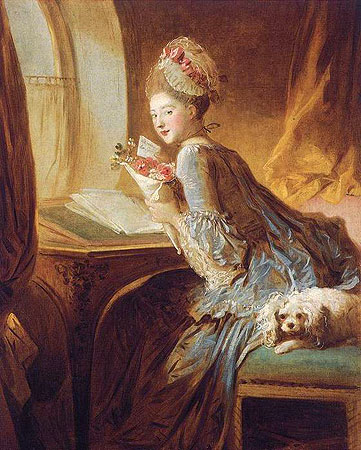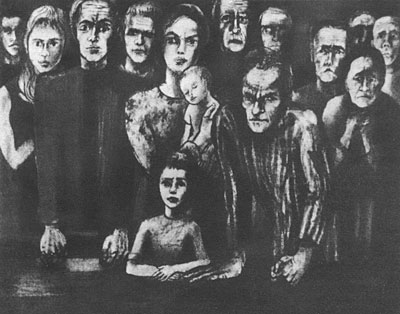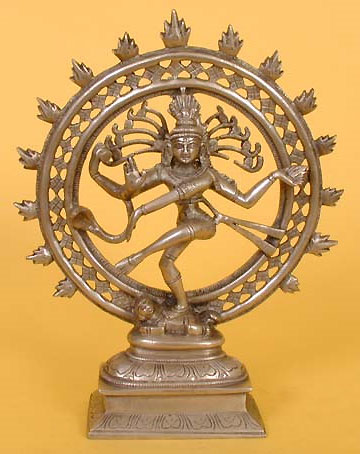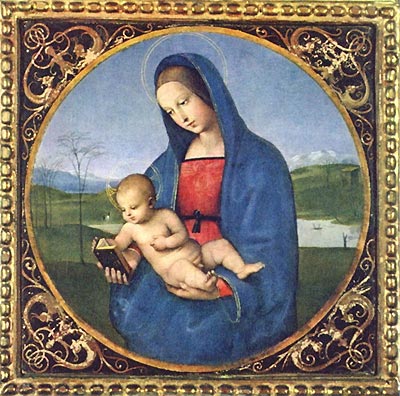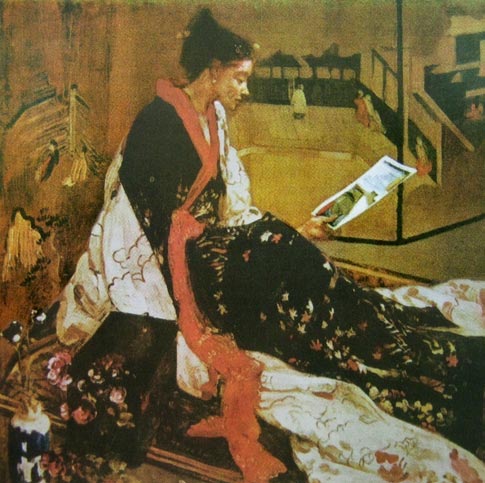first real step
Eugene Delacroix – Goethe’s Faust lithographs
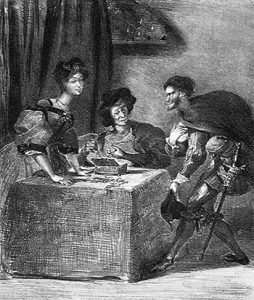 In the 1820s, the artist Eugene Delacroix was in the prime of his creative power. He is 30 years old, he is a recognized master, who created the paintings that put him among the best artists of France: “Dante and Virgil”, “The Massacre at Chios”, “The Execution of Marino Faliero”, “The Death of Sardanapala”.
In the 1820s, the artist Eugene Delacroix was in the prime of his creative power. He is 30 years old, he is a recognized master, who created the paintings that put him among the best artists of France: “Dante and Virgil”, “The Massacre at Chios”, “The Execution of Marino Faliero”, “The Death of Sardanapala”.
In them, Delacroix most fully reflected the ideas of progressive romanticism that prevailed at that time in French painting, to the transmission of historical truth expressed by a vivid, emotional language, which compels the emperor to sympathize with the strong, integral and passionate characters. Continue reading
Vincent van Gogh in Holland
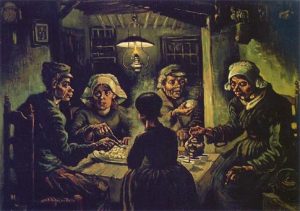 In 1879, when the epidemic of typhoid fever and fever in a multitude mowed people, Borinage’s miners marveled at the young lord, who fearlessly avoided the infected shacks, nursing the sick and maimed. This man was Vincent Van Gogh. Traveling over half of Europe, he ended up as a missionary at the coal mines. When the disaster at the mine was followed by a massive explosion of indignation of the miners, Vincent, their defender, entered into open conflict with the administration. “For almost two years,” he wrote bitterly about this to his brother, “I had to go through something in Borinage that did not look like a pleasure walk.” The unrest of the miners was suppressed, and the obstinate preacher was denied a seat. Continue reading
In 1879, when the epidemic of typhoid fever and fever in a multitude mowed people, Borinage’s miners marveled at the young lord, who fearlessly avoided the infected shacks, nursing the sick and maimed. This man was Vincent Van Gogh. Traveling over half of Europe, he ended up as a missionary at the coal mines. When the disaster at the mine was followed by a massive explosion of indignation of the miners, Vincent, their defender, entered into open conflict with the administration. “For almost two years,” he wrote bitterly about this to his brother, “I had to go through something in Borinage that did not look like a pleasure walk.” The unrest of the miners was suppressed, and the obstinate preacher was denied a seat. Continue reading
